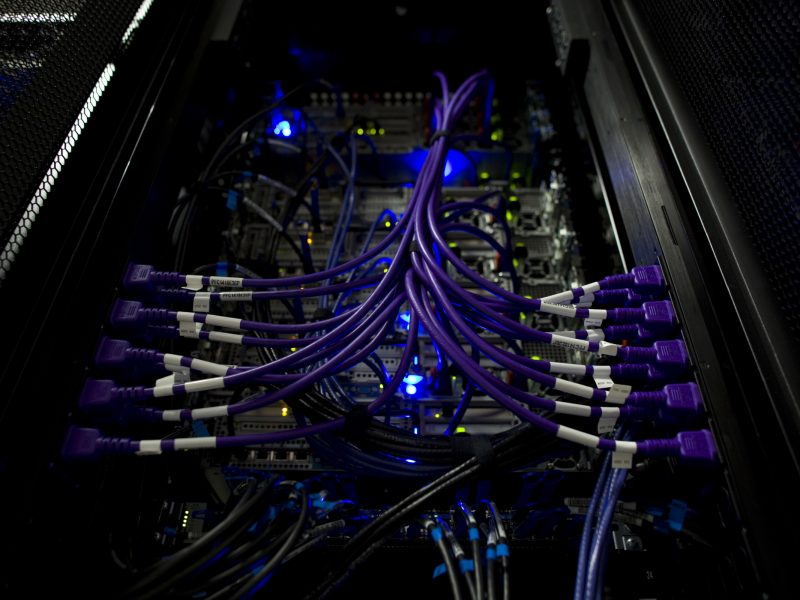Sensing Scheme for Low Power ReRAM-based PUF
Description
Physical variations in hardware due to manufacturing operations are sources of cell-to-cell randomness for the design of physical unclonable functions (PUFs). The generations of secret keys from low-power ReRAM-based PUFs are naturally tamper-resistant as they do not disturb the memory cells. The physical mechanism behind these PUFs is the injection of small electric currents, forcing the cell’s resistance to temporarily drop through the formation of ephemeral conductive paths. This feature could be a weak security point when the devices are lost to a third party; the entire ReRAM array could be explored without leaving traces behind.
This scheme can insert sensing elements into the ReRAM PUF to detect third-party attempts to read the content of the device. The cells of the ReRAM array that are susceptible to being damaged during normal operation are identified during enrollment and ignored during subsequent key generation cycles. Most of these cells will be damaged when the third party blindly characterizes them, which then senses elements of the attack.
Additional information
Patent number and inventor
Patent pending
Bertrand Cambou, Julie Heynessens, Ian Burke, and Taylor Begay
Potential applications
Cybersecurity applications.
Benefits and advantages
These methods mitigate the issue with third parties being able to read the content of a PUF unnoticed.
Case number and licensing status
2020-001
